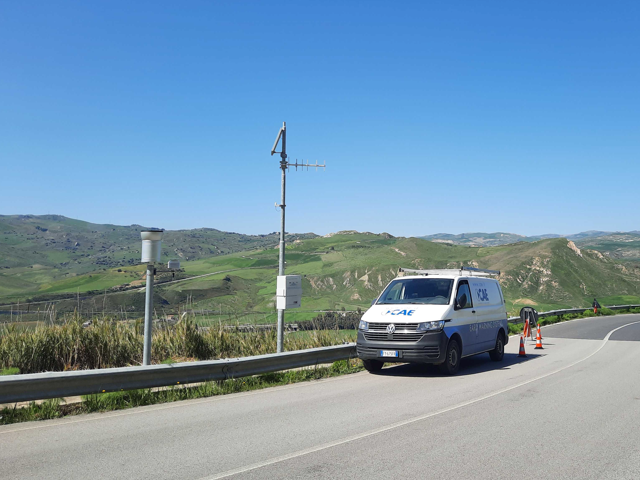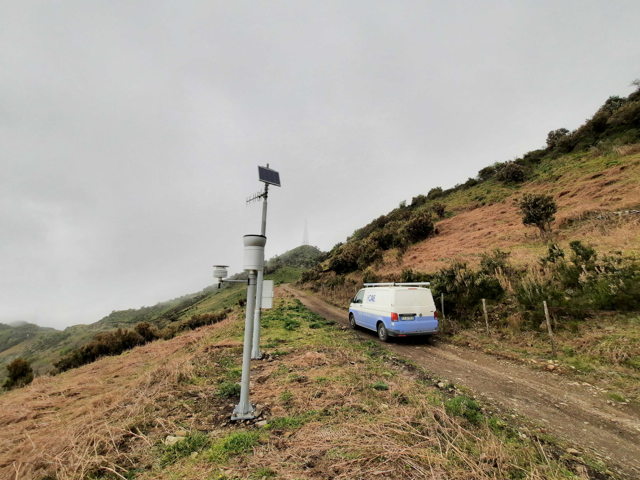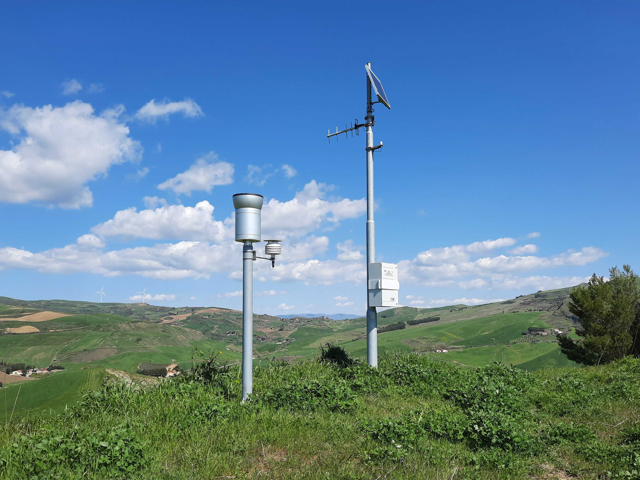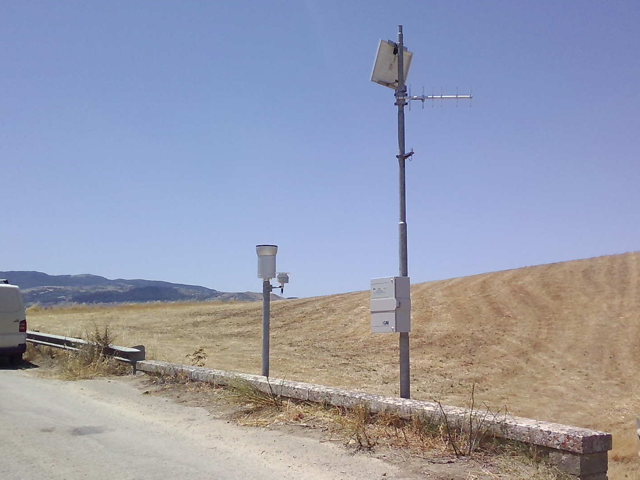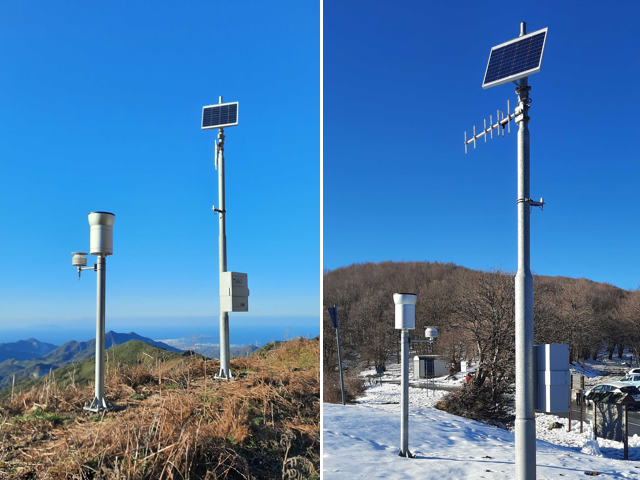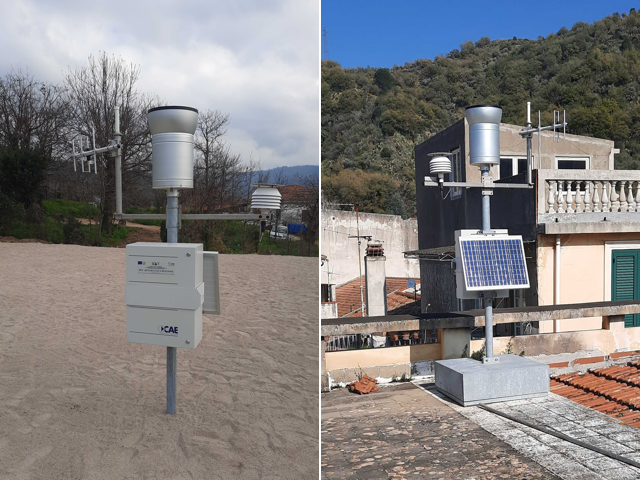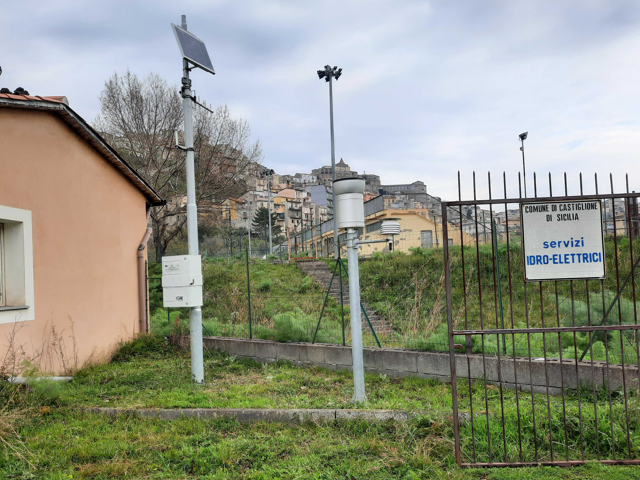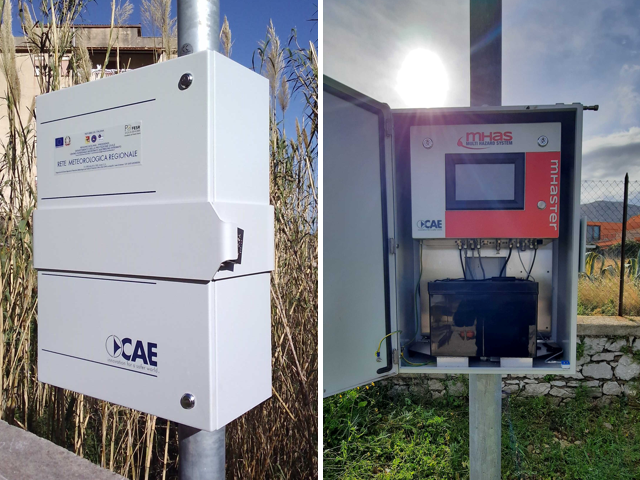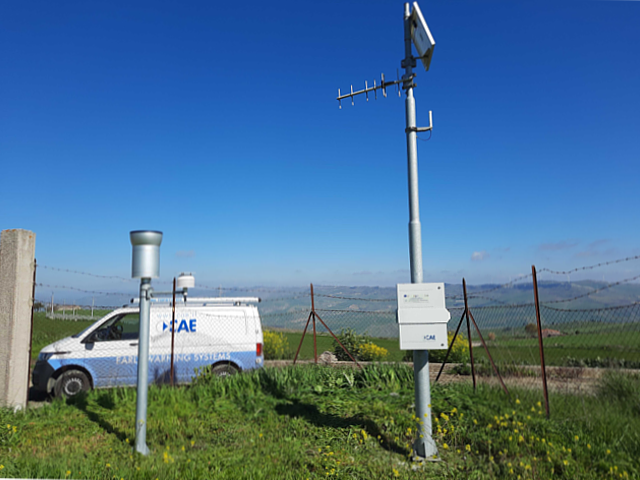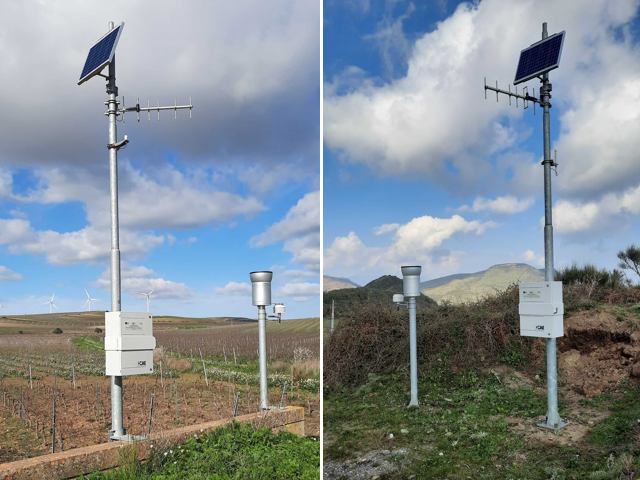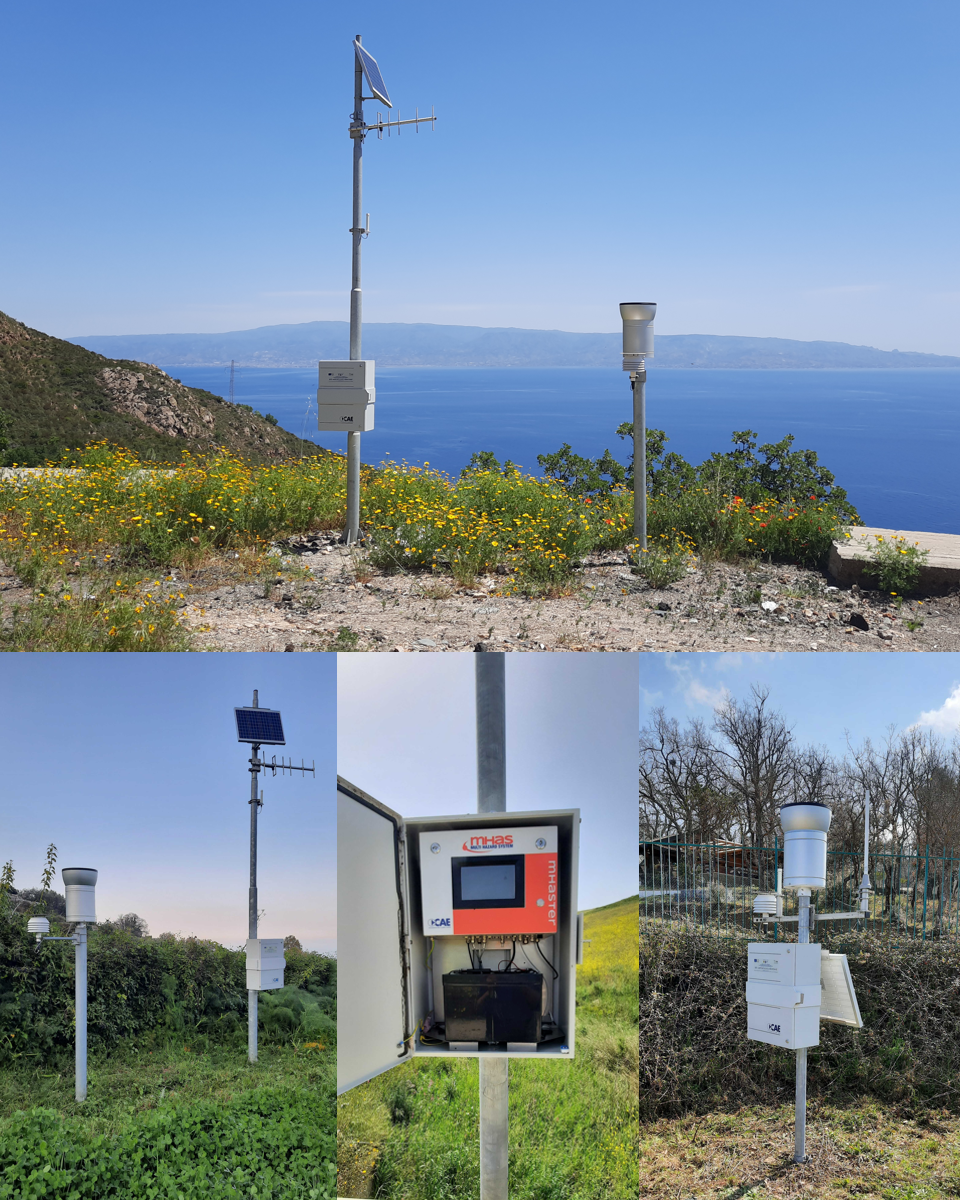
SICILY REGION
Integration of the meteorological detection network for civil protection purposes
REQUIREMENTS
The project originates from the need of the Decentralized Functional Centre-Idro (CFD-Idro) of the Sicily Region to have adequate control and monitoring systems aiming at an effective prevention and real-time control of the meteorological, hydrological and hydraulic phenomena occurring on the regional territory and, consequently, at a mitigation of their effects for civil protection purposes. The effectiveness of this network is based on its consistency, timeliness, efficiency, reliability and redundancy. Until the beginning of 2018 none of these conditions was fully and adequately met, due to the obsolescence of most of the installed equipment and to its poor distribution; as a matter of fact, 25% of the regional territory wasn’t covered by thermo-pluviometric stations. This entailed knowledge gaps that could become prejudicial in the forecasting phase, as well as in the monitoring and post-processing phases.
FEATURES
As part of the Azione 5.1.4 del P.O. FESR Sicilia 2014-2020, CAE is the leader company of the Temporary Grouping of Companies that has won the Sicilian tender for the integration of the regional meteorological detection system for civil protection purposes, which will also include LIDAR and cartographic surveys in specific areas of interest.
All the provided supplies and services aim at creating a complex meteorological survey system, with a high technological profile, as well as at performing specialized activities and services such as aerial surveys, LIDAR surveys, topographic surveys, mapping, DSM and DTM, in order to create and integrate the already existing Geodatabase. This extension aims at solving some of the major problems, especially in those parts of the region where, for geological and climatic reasons, there is a greater propensity to phenomena of geomorphological instability and flooding, even in small watersheds. In order to guarantee the achievement of all required reliability and efficiency objectives, this system will focus on the principles of integration, redundancy, timeliness and flexibility.
In order to guarantee the highest possible level of integration, a single system was created, starting from the network developed by the Sicilian Regional Water Observatory (OdA) which, due to implementation criteria and transmission systems, has proved to be suitable for the purposes of civil protection. The network includes both the existing stations and the new ones. The system consists of a unique UHF radio network and two main control centres: at CFD-Idro (DRPC) and Basin Authority (AdB). This solution allows the CFD-Idro to manage all the stations jointly and simultaneously, without the need to overlap separate subsystems or split systems, which would need to be managed with more or less complex integration logics that often prove to be inefficient. The local Giampilieri landslide monitoring system was also integrated into data exchange procedures among the UHF radio stations. Finally, the new control centre at the Sicilian Agro-meteorological Information Service (CS.SIAS) receive the data from the main control centre CFD-Idro, while the data collected by the stations of the SIAS proprietary network, which interest the Administration, are integrated and subsequently transmitted to the AdB and CFD-Idro.
As far as redundancy is concerned, backup repeater devices have been integrated to both all new repeaters and old ones that were not already provided, with prompt management of the exchange between the main equipment and the backup one in case of failure of one of them. Furthermore, a GPRS/UMTS secondary communication system is integrated for all new stations.
The overall cycle times of the network have been reduced within 10 minutes, therefore leaving a margin for future network expansions in order to ensure this timeliness in the future.
Finally, the system provided is extremely flexible and open to any potential subsequent expansions; moreover, it allows to monitor different risk scenarios, in a fully integrated manner, with modular implementations that can be scaled over time. In order to do this, a real-time monitoring and alert system based on a multi-hazard technological platform has been implemented.
COMPOSITION
The implementation of the system includes:
- Supply, installation and attivation of n.265 new automatic stations: n.226 pluviometric stations, n.25 anemometric stations, n.14 nivometric stations;
- Supply and installation of n.19 new repeaters with backup units and n.8 backup units for the already existent repeaters that were not already provided;
- Adaptation of the current UHF band radio interconnection network;
- Adaptation of the current Control Centre (Centrale di Controllo CC.OA);
- Supply and installation of the new Control Centre (Centrale di Controllo CC.CF) of the CFD-Idro;
- Supply and installation of the new Secondary Control Centre (Centrale Secondaria CS.SIAS)
- Technical start-up service and assistance;
- Staff training.

 DOWNLOAD PDF
DOWNLOAD PDF
